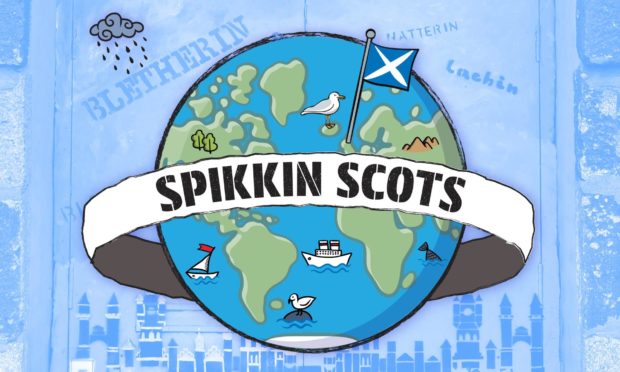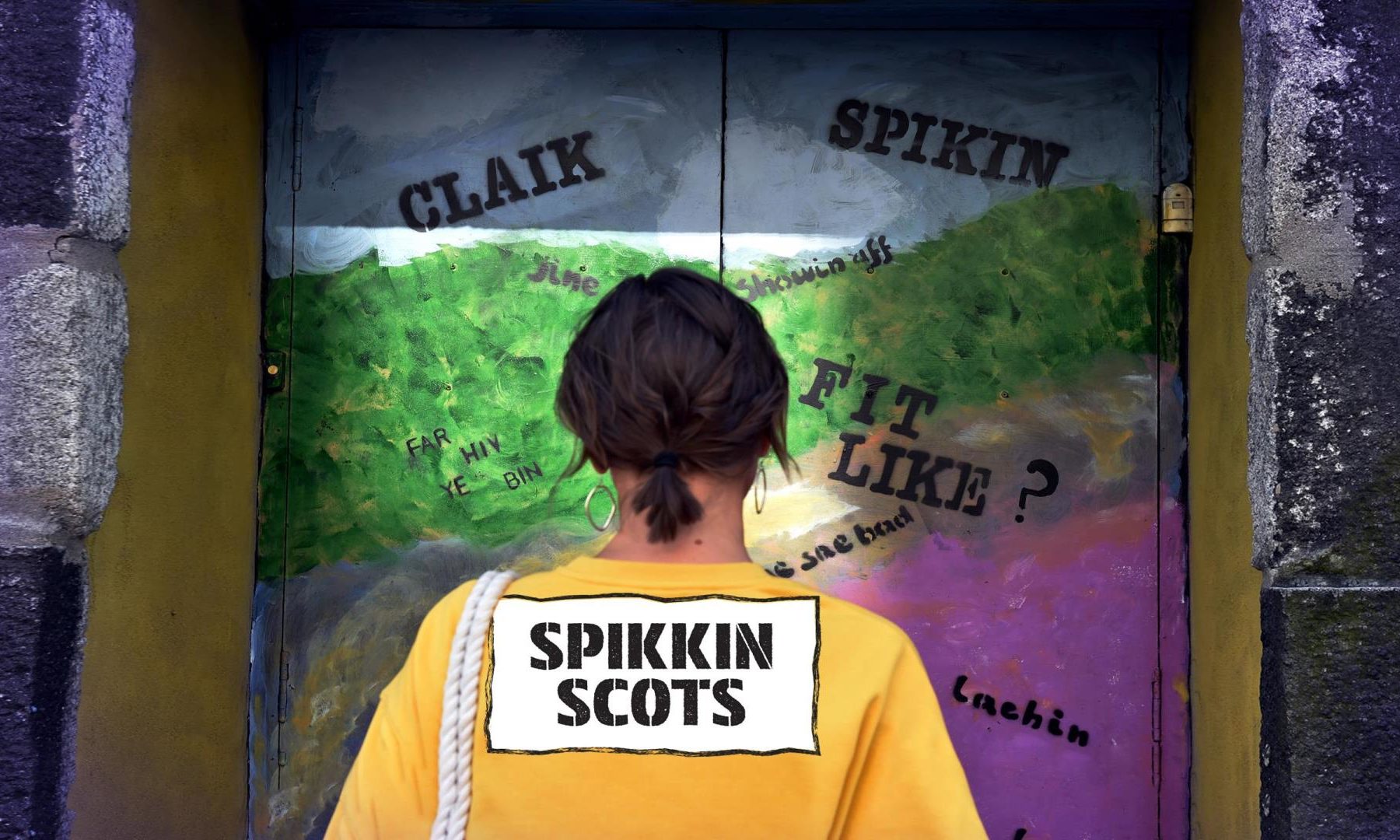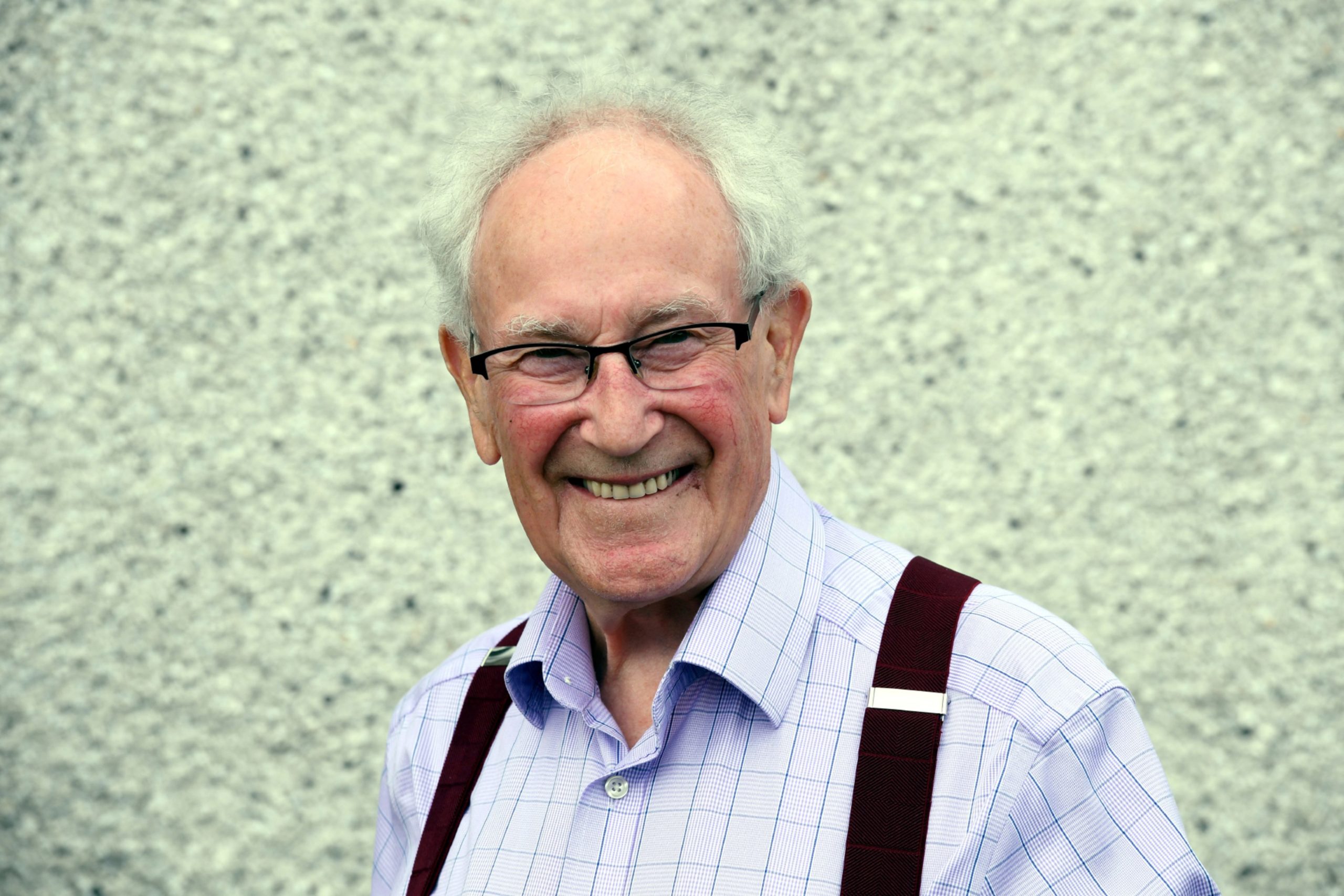Philippa Gerrard explains how an interactive map gripped thousands of Scots language enthusiasts from around the world
What hope does a language have when many of the people who speak it are reluctant to recognise it? Well, quite a bit of hope as it turns out.
In November 2020, the DCT Media Impact team released a special series which took a deep dive into the Scots language. No, I don’t mean Gaelic, and no, it’s not a dialect of English, I mean Scots. Pure braid Scots.
The articles shot through well over 100,000 page views in their first three months online, with readers from more than 5,000 different towns and cities around the world. From Somalia to Slovakia, visitors were keen to learn about the Scots language.
The results are fantastic news for the Scots language itself, and proved that with the right methods, it’s possible to read readers across the globe.
-
From Doric to Dundonian: Hear the different dialects of Scotland
-
QUIZ: How many of these Scots words and phrases do you know?
-
New survey reveals how Scotland really feels about the Scots language
-
Spikkin Scots: Reclaiming Scotland’s mither tongue
When the articles went live back in November, I had hyped myself up for a huge instant reaction.
Instead, each of the pieces held their own amongst that day’s news, which was positive to see but hardly ground-breaking.
But slowly, the articles began to rank higher and higher, and there were plenty of Scots language enthusiasts who helped to spread the word online.
Huge thanks tae @PhilippaGerrard
— Iona Fyfe (@ionafyfe) November 25, 2020
Views were gradually ticking up on the P&J website, with readers now arriving from the north of England, Wales and across the Irish Sea.
And the visitors just kept coming.
The nature of the content meant it continued to be relevant to readers long after the original publish date.
As of the end of January, the Spikkin Scots series had been accessed by people in more than 5,000 towns and cities across the world. From Atlanta to Adelaide and Montreal to Milan, people flooded in from around the globe to learn more about the Scots language.
As the original article states, some in Scotland might be reluctant to recognise the language of their heritage, but it turns out the rest of the world has no such quandary.
Fae Huntly to Honolulu
I decided to call long-time Scots language enthusiast and P&J columnist Robbie Shepherd to tell him the news.
“I actually got a call from a relation of mine the other day, from way out in Canada far he bides,” said Robbie. “He was saying he had heard about the map fae someone and gone on and discovered it was my voice in the north-east corner. Although he is English, he is keen on the Doric ye see and was asking me what ‘hallyrackit’ meant.
“It’s very encouraging that it’s been so weil read aroon the world, I was delighted to help out and be a part of it. Isn’t it funny to think that folk fae Honolulu in Hawaii can maybes understan me better than folk in Huntly? What a turn up.”
I asked him why he thought the map in particular had proven to be so popular among readers, and he had an answer straight away:
“Often times folk find it easier to listen tae Scots than tae read it,” he said. “The spelling can be difficult and pits them aff.
Isn’t it funny to think that folk fae Honolulu in Hawaii can maybes understan me better than folk in Huntly? What a turn up.”
Robbie Shepherd
“It’s made my day to find oot aboot this. I’m still recovering from a broken shoulder and this has richt cheered me up.”
You and me both Robbie. And hey, ye may gang faur and fare waur.


